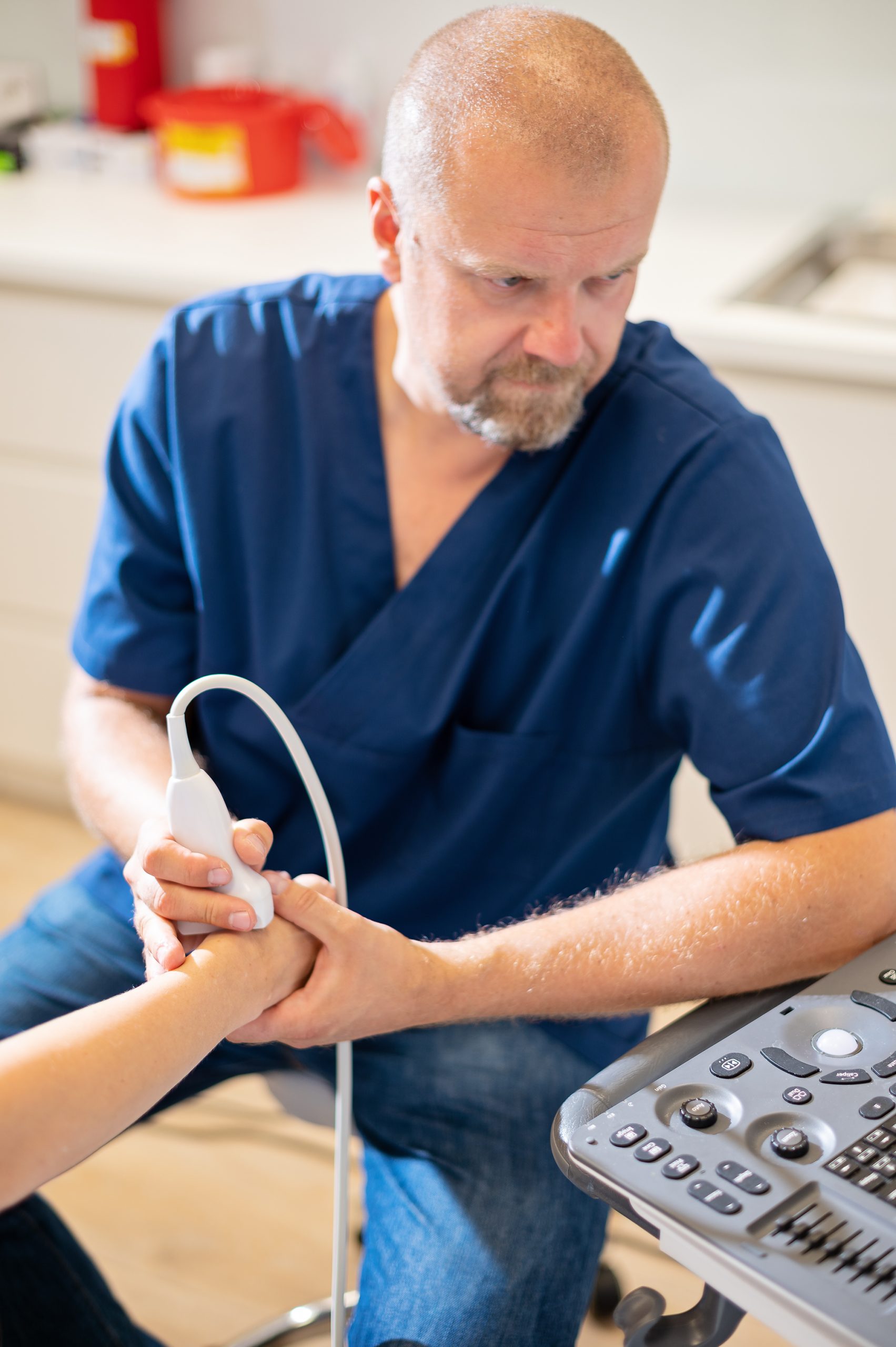Cubital tunnel syndrome surgery



Cubital tunnel syndrome is the second most common compression neuropathy of the upper limb after the carpal tunnel syndrome. Ulnar nerve function impairment is caused by compression of this nerve in the area of the elbow joint.
Symptoms of cubital tunnel syndrome:
- Numbness and tingling in the little finger and half of the ring finger.
- Pain in the area.
- Motor function disorders (trouble performing everyday activities, e.g., grasping objects).
- Upper limb muscle atrophy.
- Upper limb function impairment.
The symptoms tend to appear gradually, and serious and permanent damage occurs if the disease is left untreated.
Qualification for surgery
The decision to perform surgery is made by a physician during the orthopedic consult. The doctor takes the patient’s history to determine the symptoms and the situations in which they appear or worsen. Then, the specialist performs a physical examination with palpation and an ultrasound if needed. Electromyography (EMG) can be performed to support the diagnosis. EMG involves the measurement of nerve conduction impulses to determine whether the compression of the ulnar nerve is located in the elbow joint or at another level.
The procedure
Treatment for the cubital tunnel syndrome involves surgical release of the ulnar nerve near the elbow joint. The doctor prepares the surgical field and anesthetizes the limb, then makes an incision in the skin on the medial side of the elbow joint to reach the nerve, and finally relieves the pressure by cutting the surrounding tissues. Stitches and a sterile dressing are placed on the wound. The procedure takes up to 60 minutes and the patient can leave the facility immediately after the procedure. The degree to which the symptoms are alleviated depends on the severity of the syndrome. Many patients report pain relief immediately after the procedure, but nerve regeneration may take up to several months.
After procedure recommendations
After the procedure, it is important to follow the recommendations:
- Do not put pressure on the limb until the wound heals.
- Change the dressing every two days.
- Sutures are to be removed 10 to 14 days after the procedure.
- Keep the limb warm.










